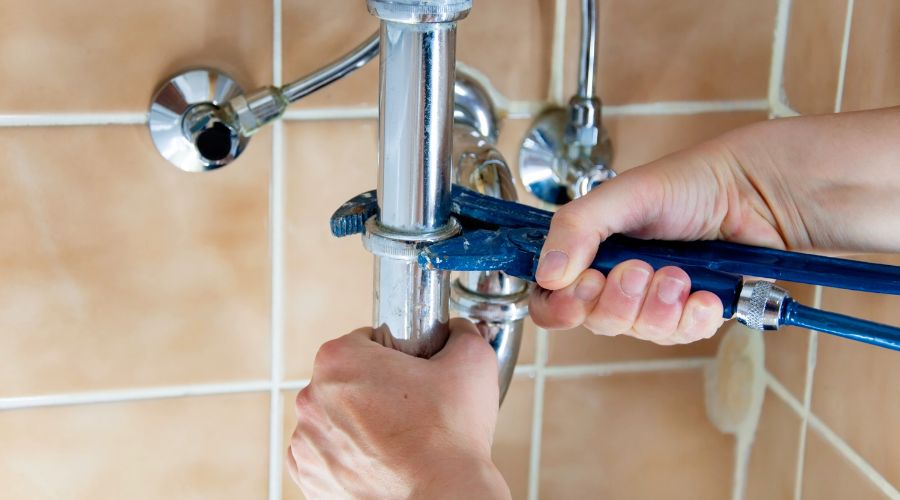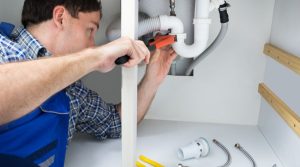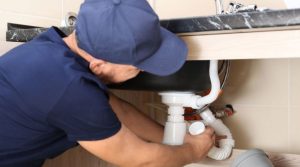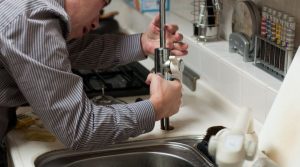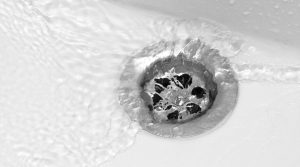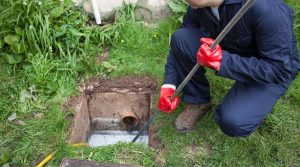Essential Plumbing Repairs Every Jersey City Homeowner Should Know
Owning a home in Jersey City comes with the responsibility of maintaining its plumbing system. The plumbing in your home is essential to daily comfort, but when things go wrong, they can cause frustration, costly repairs, and even structural damage if left unaddressed. Understanding essential plumbing repairs can save homeowners time, money, and stress.
This guide covers some of the most common plumbing problems in Jersey City homes, including dripping faucets, running toilets, and low water pressure. By knowing what these issues are, where they commonly occur, and how to fix them, you can maintain your home’s plumbing system efficiently and effectively.
Common Plumbing Problems in Jersey City Homes
1. Dripping Faucets
What Is a Dripping Faucet?
A dripping faucet is a common household plumbing issue that results in water continuously leaking from the spout, even when turned off. This may seem like a minor inconvenience, but over time, it can lead to higher water bills and unnecessary water waste.
Where Do Dripping Faucets Occur?
Dripping faucets can occur in various locations throughout the home, including:
- Kitchen sinks
- Bathroom sinks
- Bathtubs
- Outdoor hose bibs
How to Fix a Dripping Faucet
Fixing a dripping faucet typically involves replacing worn-out parts. The most common causes include:
- Worn-out washers: Rubber washers inside the faucet wear down over time, causing leaks.
- Damaged O-rings: The O-ring helps seal the faucet handle, and a worn O-ring can result in leaks.
- Corroded valve seats: Corrosion at the connection point between the faucet and spout can cause drips.
Steps to Fix:
- Turn off the water supply to the faucet.
- Remove the faucet handle using a screwdriver.
- Inspect and replace the washer, O-ring, or valve seat as necessary.
- Reassemble the faucet and turn the water supply back on.
Example of Dripping Faucet Repair
Imagine you notice your bathroom sink faucet dripping overnight. By replacing the worn-out washer in the faucet’s compression valve, you prevent wasting gallons of water and reduce your monthly utility bill.
Benefits of Fixing Dripping Faucets
- Saves water and reduces utility bills
- Prevents mold and mildew growth from excess moisture
- Helps avoid further damage to plumbing fixtures
2. Running Toilets
What Is a Running Toilet?
A running toilet occurs when water continuously flows into the toilet bowl even when it’s not in use. This can lead to significant water waste and increased utility bills.
Where Do Running Toilets Occur?
Running toilets can happen in any bathroom but are most common in older homes where plumbing fixtures have worn down over time.
How to Fix a Running Toilet
The most common causes of a running toilet include:
- Faulty flapper valve: The rubber flapper inside the toilet tank may not seal properly, causing water to leak into the bowl.
- Faulty float ball or float cup: If the float is too high, it may not properly signal the water supply to shut off.
- Fill valve issues: If the fill valve is not working correctly, it may continuously allow water to flow into the tank.
Steps to Fix:
- Turn off the water supply to the toilet.
- Remove the toilet tank lid and inspect the flapper valve, float, and fill valve.
- Replace the faulty component if needed.
- Turn the water supply back on and test for leaks.
Example of Running Toilet Repair
If your toilet runs continuously after flushing, replacing the flapper valve with a new one ensures a proper seal and stops the unnecessary flow of water.
Benefits of Fixing a Running Toilet
- Saves water and lowers monthly water bills
- Prevents excessive wear on toilet components
- Reduces the risk of water damage to bathroom flooring
3. Low Water Pressure
What Is Low Water Pressure?
Low water pressure means a weak or slow flow of water from faucets and showerheads. It can make everyday tasks like showering, washing dishes, and laundry more difficult.
Where Does Low Water Pressure Occur?
Low water pressure can affect different parts of the home, including:
- Kitchen and bathroom sinks
- Showers and bathtubs
- Outdoor hoses
- Entire home water supply
How to Fix Low Water Pressure
There are several possible causes of low water pressure, such as:
- Clogged aerators: Sediment buildup in the faucet aerator can restrict water flow.
- Leaky pipes: Hidden leaks in your plumbing system can reduce water pressure.
- Malfunctioning pressure regulator: If your home has a pressure regulator, it may need adjustment or replacement.
Steps to Fix:
- Check other faucets in the house to determine if the issue is isolated or affects the entire home.
- Clean faucet aerators by soaking them in vinegar to remove mineral buildup.
- Inspect plumbing for leaks and repair any damaged pipes.
- Adjust or replace the water pressure regulator if necessary.
Example of Low Water Pressure Repair
If your kitchen sink has weak water flow, removing and cleaning the faucet aerator can improve the pressure and restore normal function.
Benefits of Fixing Low Water Pressure
- Enhances water efficiency in the home
- Improves performance of appliances such as dishwashers and washing machines
- Reduces frustration in daily tasks like showering and cooking
Conclusion: Keep Your Plumbing in Top Shape
Understanding and addressing essential plumbing repairs in your Jersey City home is crucial for maintaining a functional and cost-efficient plumbing system. Dripping faucets, running toilets, and low water pressure are some of the most common issues homeowners face, but they are also relatively easy to fix with the right knowledge and tools.
By taking a proactive approach to plumbing maintenance, you can:
- Prevent costly water damage
- Reduce monthly water bills
- Ensure your home runs smoothly without disruptions
If you ever encounter a plumbing issue that seems beyond your skill level, don’t hesitate to contact BJC Plumbers City. Regular maintenance and timely repairs will keep your home’s plumbing in excellent condition, saving you money and stress in the long run.

